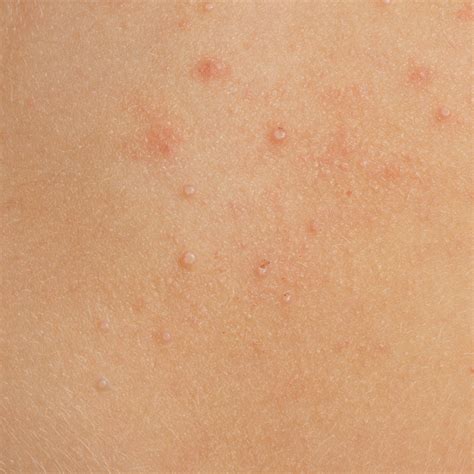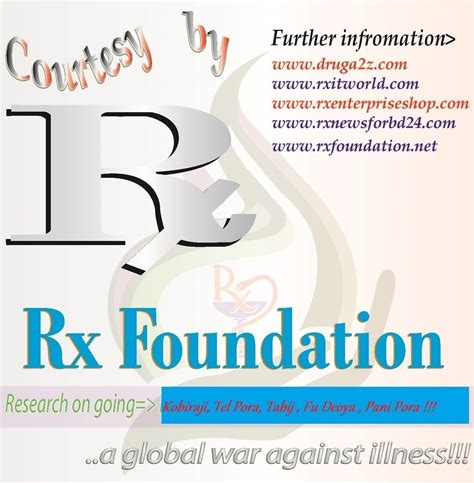Intro
Molluscum Contagiosum in children: a contagious skin infection causing small bumps, treated with cryotherapy, topical creams, and good hygiene practices, preventing its spread and promoting healthy skin in kids, managing symptoms and outbreaks effectively.
Molluscum contagiosum is a common skin infection that affects people of all ages, but it is particularly prevalent in children. The infection is caused by a virus called the molluscum contagiosum virus, which is highly contagious and can be spread through direct contact with an infected person or by touching contaminated objects. In children, molluscum contagiosum can cause a range of symptoms, from mild to severe, and can be a source of concern for parents and caregivers.
The importance of understanding molluscum contagiosum in children cannot be overstated. As a highly contagious infection, it can spread quickly through schools, daycare centers, and other areas where children congregate. Furthermore, if left untreated, molluscum contagiosum can lead to complications, such as skin irritation, bacterial infections, and scarring. Therefore, it is essential for parents, caregivers, and healthcare professionals to be aware of the signs and symptoms of molluscum contagiosum, as well as the best ways to prevent and treat the infection.
Molluscum contagiosum is a significant health concern for children, and its impact can be far-reaching. The infection can affect a child's self-esteem, social interactions, and overall quality of life. Moreover, molluscum contagiosum can be a financial burden on families, particularly if the infection requires repeated treatments or leads to complications. By understanding the causes, symptoms, and treatment options for molluscum contagiosum, parents and caregivers can take proactive steps to prevent the infection and ensure their child receives the best possible care.
What is Molluscum Contagiosum?

Symptoms of Molluscum Contagiosum
The symptoms of molluscum contagiosum can vary from person to person, but common signs and symptoms include: * Small, pearly, or flesh-colored bumps on the skin * Bumps may be itchy or tender to the touch * Bumps can appear anywhere on the body, but are most commonly found on the face, neck, arms, and hands * Bumps can become inflamed or infected, leading to redness, swelling, and pus * In rare cases, molluscum contagiosum can cause more severe symptoms, such as skin irritation, bacterial infections, and scarringCauses and Risk Factors

Risk Factors for Molluscum Contagiosum
Certain factors can increase the risk of developing molluscum contagiosum, including: * Age: Children under the age of 12 are more likely to develop molluscum contagiosum * Weakened immune system: People with weakened immune systems, such as those with HIV/AIDS or taking immunosuppressive medications, are more susceptible to infection * Skin conditions: People with skin conditions, such as eczema or acne, may be more prone to developing molluscum contagiosum * Poor hygiene: Failing to practice good hygiene, such as washing hands regularly, can increase the risk of infectionDiagnosis and Treatment

Home Remedies and Prevention
While there is no cure for molluscum contagiosum, there are several home remedies and prevention strategies that can help manage symptoms and prevent the spread of the infection, including: * Practicing good hygiene, such as washing hands regularly * Avoiding skin-to-skin contact with infected individuals * Avoiding sharing personal items, such as towels or clothing * Keeping the skin clean and dry * Applying topical creams or ointments to help manage symptoms and prevent complicationsComplications and Prognosis

Long-Term Effects of Molluscum Contagiosum
While molluscum contagiosum is usually a self-limiting infection, it can have long-term effects on a person's physical and emotional well-being. Some potential long-term effects include: * Scarring and disfigurement * Emotional distress and anxiety * Decreased self-esteem and confidence * Social isolation and stigma * Increased risk of developing other skin conditions or infectionsPrevention and Control

Public Health Measures
Public health measures can play an important role in preventing and controlling the spread of molluscum contagiosum. Some public health measures include: * Educating the public about the risks and symptoms of molluscum contagiosum * Promoting good hygiene practices, such as washing hands regularly * Encouraging individuals to avoid skin-to-skin contact with infected individuals * Providing access to treatment and care for infected individuals * Monitoring and tracking the spread of the infection to identify areas of high risk and implement targeted interventionsWhat is the main cause of molluscum contagiosum?
+Molluscum contagiosum is caused by a virus that is highly contagious and can be spread through direct contact with an infected person or by touching contaminated objects.
How can I prevent molluscum contagiosum?
+Preventing molluscum contagiosum requires a combination of good hygiene practices, avoidance of skin-to-skin contact, and proper treatment of infected individuals. Practicing good hygiene, such as washing hands regularly, and avoiding sharing personal items can help prevent the spread of the infection.
What are the symptoms of molluscum contagiosum?
+The symptoms of molluscum contagiosum can vary from person to person, but common signs and symptoms include small, pearly, or flesh-colored bumps on the skin, itching or tenderness, and inflammation or infection of the bumps.
How is molluscum contagiosum treated?
+Treatment for molluscum contagiosum usually involves removing the bumps or lesions, which can be done through cryotherapy, curettage, cantharidin, or antiviral medications.
Can molluscum contagiosum be cured?
+While there is no cure for molluscum contagiosum, most people can expect to make a full recovery with treatment. However, in some cases, the infection can persist for several months or even years, and may require repeated treatments.
In conclusion, molluscum contagiosum is a common skin infection that affects people of all ages, but it is particularly prevalent in children. Understanding the causes, symptoms, and treatment options for molluscum contagiosum is essential for preventing and controlling the spread of the infection. By practicing good hygiene, avoiding skin-to-skin contact, and seeking proper treatment, individuals can reduce their risk of developing molluscum contagiosum and minimize its impact on their physical and emotional well-being. We encourage readers to share their experiences and ask questions about molluscum contagiosum in the comments section below. Together, we can work to raise awareness and promote education about this important health topic.
